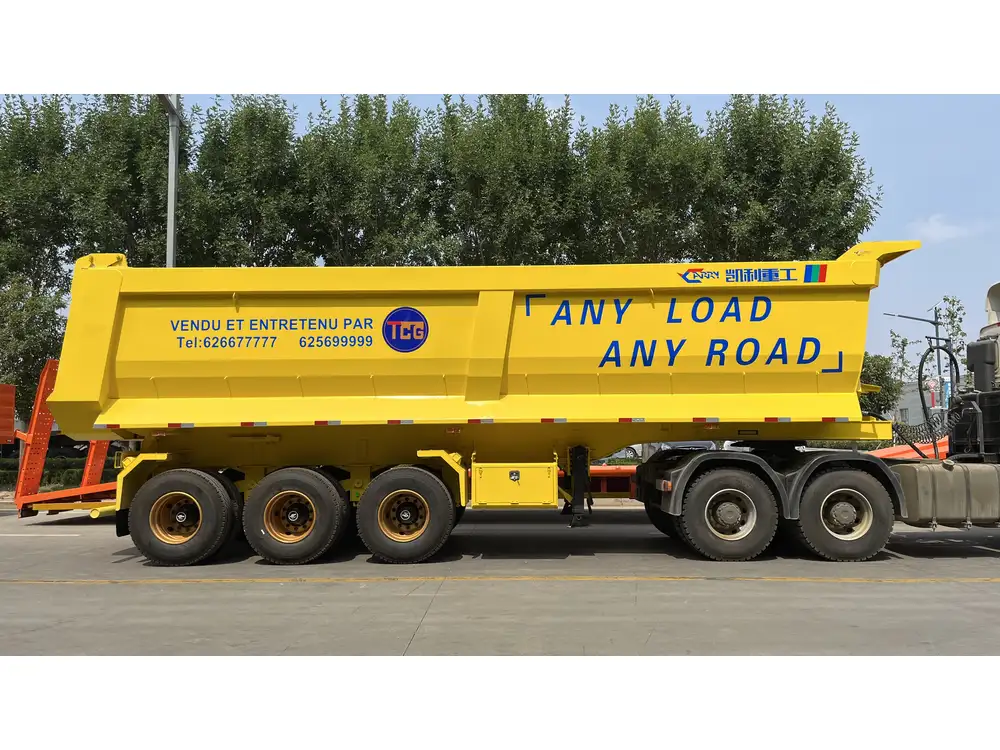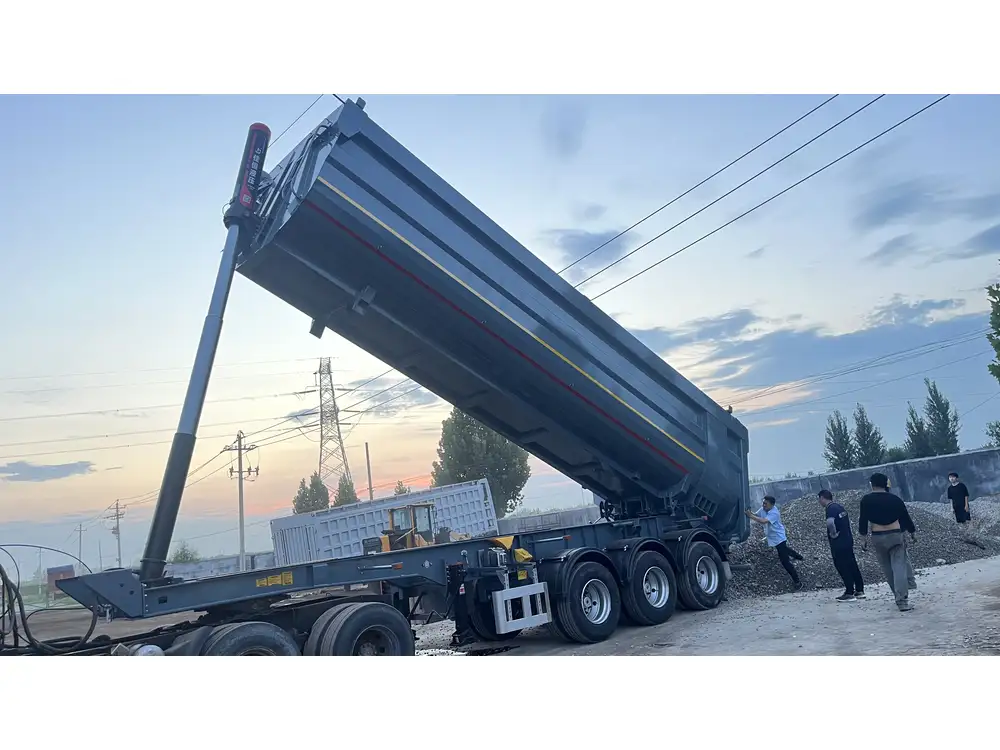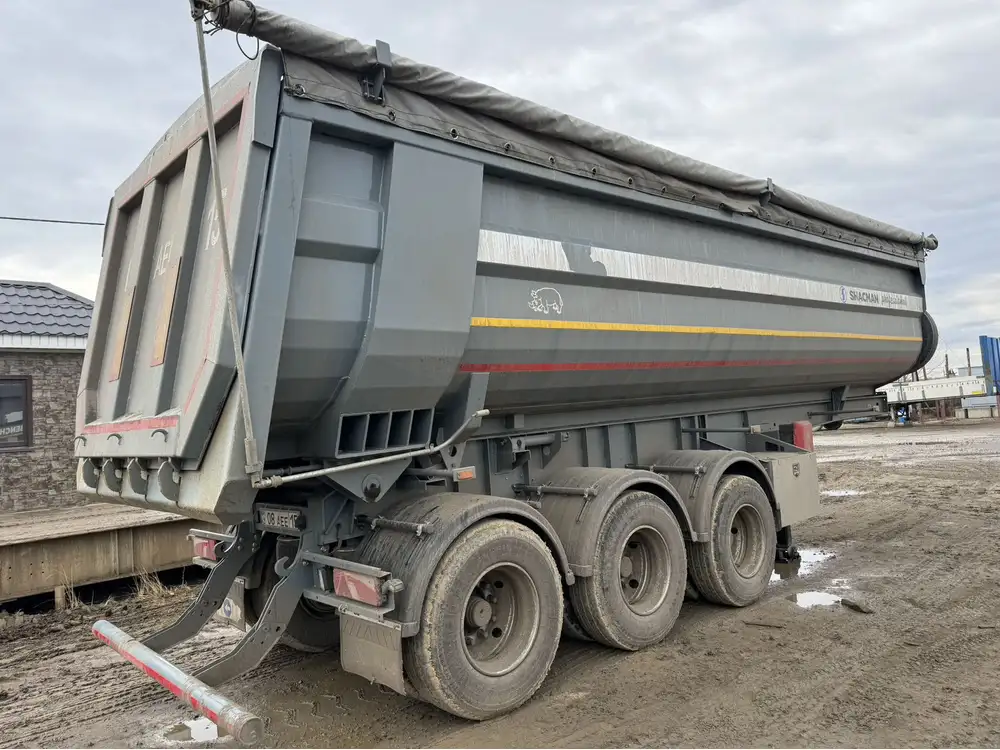Properly hooking up a semi-trailer is a critical skill for anyone involved in the transportation and logistics sector in Australia. This guide explores the step-by-step process of connecting a semi-trailer, ensuring safety and efficiency, alongside compliance with Australian road regulations.
Table of Contents
- Understanding the Semi-Trailer Components
- Essential Safety Gear and Equipment
- Preparing Your Vehicle
- Step-by-Step Process to Hook Up a Semi-Trailer
- Common Mistakes to Avoid
- Regular Maintenance and Inspection
- Conclusion
Understanding the Semi-Trailer Components
Before diving into the hooking-up process, it’s important to familiarize yourself with the key components of a semi-trailer:
- Fifth Wheel Coupling: This is the mechanism that connects the truck to the trailer. It’s essential for securing the load and providing stability.
- Kingpin: A steel pin located on the trailer that fits into the fifth wheel coupling.
- Air Supply Line: This connects to the truck’s air braking system, ensuring that the trailer’s brakes are functional.
- Electrical Connections: These connections control the trailer’s lights and brakes, with wiring typically housed in a plug-and-socket configuration.

Visualizing Components
| Component | Description |
|---|---|
| Fifth Wheel Coupling | The central locking mechanism securing the trailer. |
| Kingpin | The pin on the trailer that connects to the coupling. |
| Air Supply Line | Responsible for the operation of the trailer’s brakes. |
| Electrical Connections | Supplies power for lights and brakes of the trailer. |
Essential Safety Gear and Equipment
Before engaging in any task involving heavy machinery and trailers, proper safety equipment is paramount. Use the following items to ensure a safe working environment:
- High-Visibility Clothing: Always wear bright attire to ensure visibility.
- Safety Boots: Steel-toed options provide foot protection.
- Gloves: Protect your hands when handling heavy equipment.
- Hard Hats: Essential if working in a loading area to guard against falling objects.
- Safety Glasses: Protect your eyes from debris.
Preparing Your Vehicle
Prior to the actual process of hooking up the semi-trailer, conduct a thorough inspection of both the towing vehicle and the trailer. Here’s what to check:

Truck Inspection Checklist
- Tire Pressure: Ensure all tires are adequately inflated.
- Brake System: Test both the service brake and trailer brakes.
- Lights: Verify that all lights (signals, brake lights, running lights) are functional.
- Fluid Levels: Check oil, coolant, and transmission fluid levels.
- Chassis: Inspect for any visible damage or wear on the frame and coupling assembly.
Trailer Inspection Checklist
- Chassis Integrity: Inspect the trailer for any structural damage.
- Kingpin Condition: Make sure the kingpin is in good shape, free from cracks or deformation.
- Brake System: Check for air leaks, and ensure the brake pads are within specifications.
- Electrical Connections: Inspect for fraying wires or damaged plugs.
Step-by-Step Process to Hook Up a Semi-Trailer
The following steps outline how to successfully hook up a semi-trailer. Each step requires attentiveness, ensuring safety and functionality.

Step 1: Align the Truck with the Trailer
- Position the Truck: Drive the truck forward in a straight line until the fifth wheel is directly above the kingpin.
- Check the Angle: Aim for a slight downward angle on the trailer, making it easier to engage.
Step 2: Lower the Trailer Landing Gear
- Lower the Landing Gear: Use the landing gear crank to lower the trailer legs until they make contact with the ground.
- Ensure Stability: Double-check that the trailer is stable and unable to tip.
Step 3: Back the Truck Towards the Trailer
- Engage Mirrors: Make sure the side mirrors are adjusted to assist in viewing the alignment.
- Back Slowly: Proceed to back up slowly, watching closely for the kingpin approaching the fifth wheel.

Step 4: Connect the Kingpin
- Listen for the Click: As the kingpin slides into the fifth wheel, you should hear a distinct clicking sound indicating it’s locked in place.
- Visual Check: Verify that the fifth wheel jaws have closed correctly around the kingpin.
Step 5: Secure the Connection
- Perform a Pull Test: Drive forward slightly to ensure the trailer is secured. You should feel resistance.
- Inspect the Locking Mechanism: Confirm that the locking mechanism on the fifth wheel is fully engaged.
Step 6: Connect the Air Supply and Electrical Lines
- Attach the Air Hose: Connect the air supply line from the truck to the trailer, ensuring a secure fit.
- Connect Electrical Lines: Plug in the electrical connection for the trailer lights and brakes.

Step 7: Final Checks
- Test the Brakes: Before moving, conduct a functionality test on the trailer brakes.
- Check Lights: Ensure all lights are operating correctly before setting off.
Common Mistakes to Avoid
Even seasoned drivers can make mistakes during the hooking-up process. Here are some common pitfalls to watch out for:
| Mistake | Description |
|---|---|
| Misalignment | Not properly aligning the truck with the trailer can lead to failed connections. |
| Ignoring Safety Checks | Skipping inspections can result in unsafe situations on the road. |
| Failing to Engage Brakes | Not testing the brake system can result in dangerous driving conditions. |
| Under-Inflated Tires | Driving with low tire pressure affects stability and handling. |
Regular Maintenance and Inspection
Regular maintenance is vital to ensure safety and operational efficiency. Here’s a checklist for ongoing maintenance:

Trailer Maintenance Checklist
- Brake System: Regularly check for wear on brake pads and ensure the air system is functioning.
- Tires: Maintain proper tire pressure and inspect for signs of wear.
- Fifth Wheel Condition: Periodically lubricate the fifth wheel to prevent corrosion.
- Electrical System: Routinely inspect wiring and connections for any signs of wear or damage.
Truck Maintenance Checklist
- Fluid Checks: Regularly check and change engine oil, transmission fluid, and coolant.
- Chassis Inspection: Inspect the vehicle’s frame for cracks, especially after driving on rough terrain.
- Tire Condition: Inspect tire tread depth and wear regularly.
Conclusion
Mastering the skill of hooking up a semi-trailer in Australia requires attention to detail, adherence to safety protocols, and a clear understanding of both vehicle and trailer mechanics. With this comprehensive guide, you are equipped to carry out the procedure safely and efficiently, ensuring both your safety and the safety of others on the road. Emphasizing regular inspections and maintenance allows for prolonged vehicle life and mastery in the art of semi-trailer connectivity. Always prioritize caution and thoroughness for a successful hauling experience.



